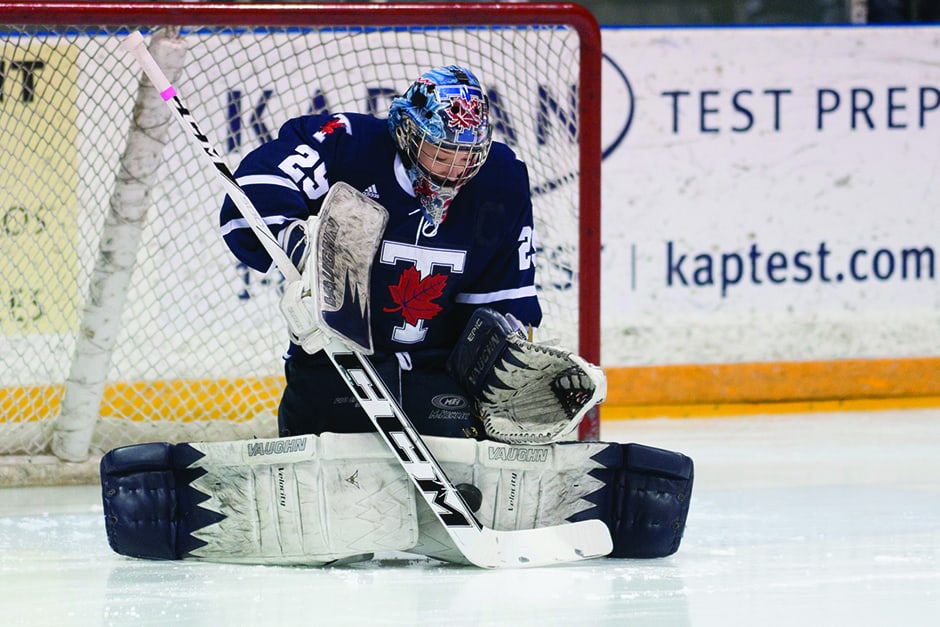The University of Toronto is home to some of the most decorated and honoured teams and athletes in Canada — one only has to look at the nine Ontario University Athletics (OUA) and Canadian Intercollegiate Sport (CIS) banners won by teams this year alone.
The talent exhibited by U of T athletes doesn’t go unnoticed by national teams who routinely scout and handpick athletes from a number of sports here at U of T to compete on national teams — representing Canada on the international competition circuit.
Not only are the athletes selected to compete for a national team top scorers, fastest time clockers, or owners of the most medals and accolades, but they’re also the athletes who routinely display a superb commitment athletically and academically while simultaneously exhibiting leadership skills on and off the playing rink, court and field.
Although being a well-rounded student athlete is not necessarily enough to earn yourself a spot on a national team — there are often specific time-thresholds, goals, scores and points needed in order to be in contention for a spot on a national team.
Women’s hockey goalie Nicole Kesteris was named Varsity Blues female athlete of the year in the 2013-2014 season. Additionally, she finished her U of T career with over 50 regular season wins and was named an OUA all-star and CIS all-Canadian, She was subsequently picked to represent Canada at the Winter Universiade in Granada, Spain this past winter.
The Winter Universiade, a bi-yearly competition propagated by the International University Sports Federation (FISU), holds competitions world wide with the goal of “support[ing]… competitions, which give student-athletes the opportunity to come together” while simultaneously “obtaining results at high technical level,” reads the FISU website.
This university-centered competition contrasts other national teams which many other U of T athletes have also been handpicked for.
Take Varsity Blues swimmer Paige Schultz for example. Schultz was not only picked to represent Canada at the FISU, but also earned a spot on Canada’s 2011 the Pan American (Pan Am) team, where she won a bronze medal as a member of the 4×100 freestyle relay team.
Although both are acclaimed athletic competitions, the major difference between the FISU and the Pan Am games is in scope, the former is a competition between student-athletes— one must be enrolled in university in order to be eligible — and the latter is a competition between athletes in the Americas, and is not restricted to university athletes.
U of T has also been the academic and athletic sanctuary of a multitude of athletes competing on the world championship and Olympic stage — most notable being Sarah Wells who competed in the 400m hurdles in the London 2012 Olympic games, Alicia Brown who represented U of T and Canada at the 2013 IAAF World Championships and graduate student Donna Vakalis who also competed in London in the modern pentathlon.
With impressive statistics like these, its no wonder U of T has won multiple OUA and CIS banners and is the first stop for athletes. The fact that our athletes have gone on to represent U of T on the international competition circuit is also a sign that, in conjunction with U of T, Canada is a champion and supporter of our athletes as well.
Correction (March 23, 2015, 9:56 am): An earlier version of this article incorrectly attributed a quote from the FISU website to Nicole Kesteris. The Varsity regrets the error.


